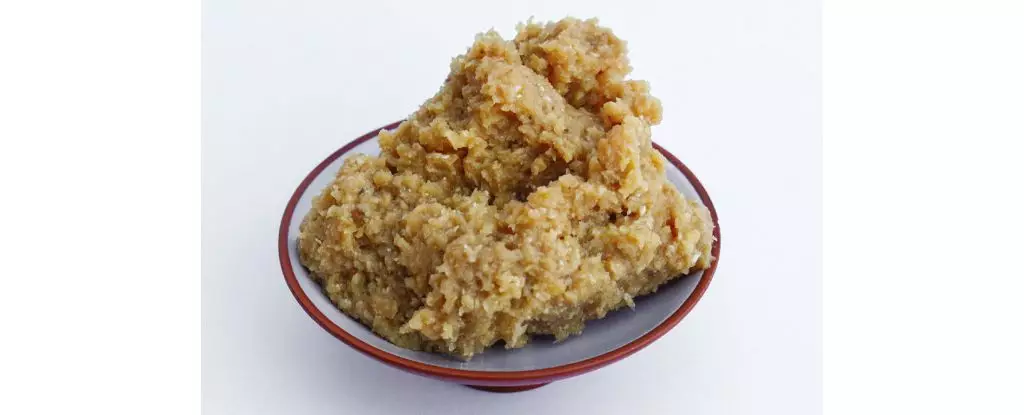The culinary world routinely surprises us with a plethora of flavors and textures, but what happens to these elements in the zero-gravity environment of space? A remarkable experiment recently revealed that miso, the beloved Japanese fermented soybean paste, develops unique flavor profiles when produced aboard the International Space Station (ISS). This exploration into the taste of miso, conducted simultaneously on Earth and in low-Earth orbit, uncovers not only the complexities of fermentation under different environmental conditions but also invites deeper reflection on the implications of life beyond our planet.
The Science of Space Miso
Miso is traditionally crafted from steamed soybeans, salt, rice or barley, and the fungus Aspergillus oryzae. The fermentation process shapes its savory flavors, which are staples in many Japanese dishes. However, during this experiment, researchers undertook a distinct approach: they transported batches of miso starter to three locations—Cambridge, Massachusetts; Copenhagen, Denmark; and the ISS. The teams monitored the fermentation process closely, especially the batch aboard the ISS, which was subjected to a microgravity environment replete with radiation and different atmospheric pressures.
The sheer novelty of this undertaking is noteworthy. The scientists utilized a specially designed sensing box to maintain thorough control over variables such as temperature and humidity. What emerged from this meticulous setup was more than just miso; it highlighted significant questions about biological life and its adaptation. As noted by industrial design scientist Maggie Coblentz from MIT, these findings bring to light the potential for life to endure and evolve in extraterrestrial conditions, challenging prior notions that the ISS is devoid of microbial diversity.
The Flavorful Outcome
When the odyssey of fermentation came to an end, the results were nothing short of fascinating. The miso produced under the rigors of space conditions boasted notable differences in taste compared to its Earth-bound counterparts. While all three miso varieties shared core similarities in aroma and texture, the space miso stood out with a nuttier and more roasted profile. This change can be attributed to the increased temperatures within the spacecraft, which likely accelerated the fermentation process and fostered the production of unique pyrazine compounds.
Interestingly, the microbial analysis revealed that the space miso had a distinct microbiome composition. Higher populations of Staphylococcus epidermidis and Staphylococcus warneri were identified in the space samples, alongside the sole discovery of Bacillus velezensis. Such discrepancies in microbial communities emphasize how environmental factors can drastically affect the development of fermented products, hinting at broader implications for food science and nutrition in space missions.
Bigger Questions at Play
The implications of this research extend beyond just culinary enjoyment. As we contemplate longer missions to Mars or beyond, understanding the nuances of food science in space becomes increasingly important. Joshua Evans, a food scientist at the Technical University of Denmark, articulates this aspect by emphasizing the intersection of microbiology and sensory science. The concept that food can influence an astronaut’s well-being and performance is a powerful consideration for future explorations in space.
Moreover, these findings stir conversations around bioethics and the responsibilities we carry as we venture into the cosmos. The implications of transporting Earth-bound microbes and flora to extraterrestrial environments warrant a reflective dialogue on preserving the sanctity of ecosystems—both terrestrial and extraterrestrial. It raises pressing questions about our role as stewards of life as we expand our horizons beyond our planet.
The Path Ahead
As research continues to carve out our understanding of life in space, it opens new avenues for inquiry and innovation. The differences found in space miso, both in flavor and microbe composition, serve as a reminder of the delicate interplay between environment and life. Such explorations in taste are not merely academic but pave the way for enhancing our culinary experiences even in the far reaches of space. The challenge lies in continuously expanding our knowledge and adaptability as we prepare for the great adventures that await us among the stars.


Leave a Reply